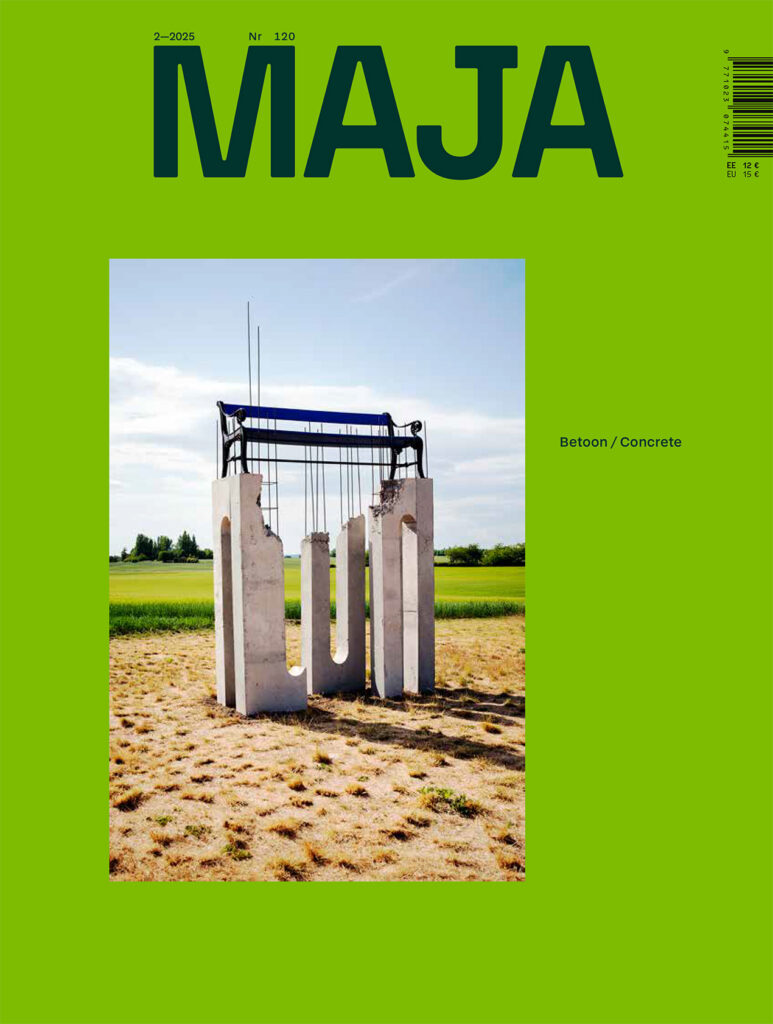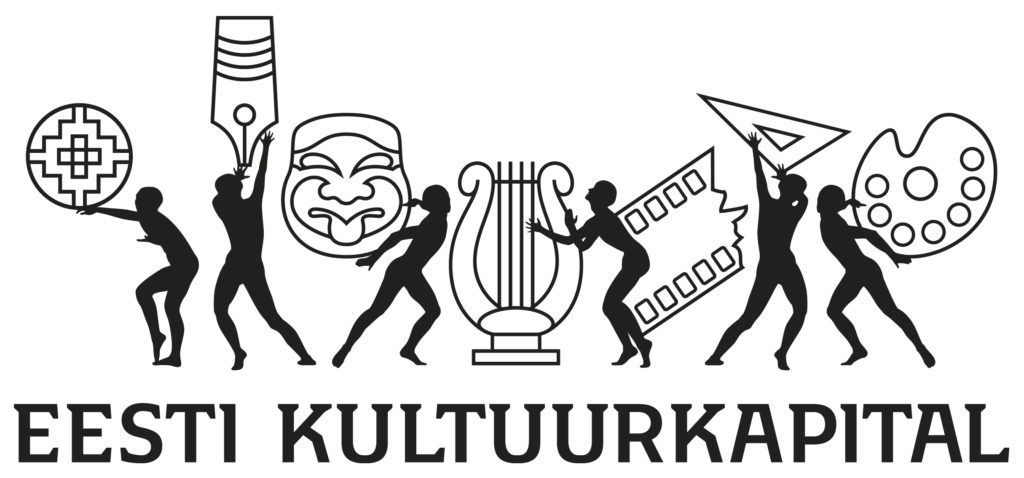Mustamäe district in Tallinn was completed in the late 1970s. Back then, it was mainly a region for younger middle-aged people whose children attended the numerous schools and nurseries that had been built there. Mustamäe was considered virtually a district of dreams, where regular over- the-counter shops were supplemented by the most modern stores of the time— the first large supermarkets. One of them was Szolnok, a supermarket and restaurant with a standard design that was widespread in Estonia. In more recent times, it was repeatedly remodelled, until it was altogether demolished and replaced with a fully modern Super Rimi.
Indeed, life must go on, and Mustamäe’s up to 60-years-old large apartment blocks have likewise changed in appearance—apartment associations have found opportunities to insulate their buildings as well as renovate and repaint the façades. The population of the district has almost halved compared to its early years, and the residents are on the average several decades older. Apartments with an old-fashioned layout and small rooms are of no interest to the young, whereas the old are reluctant to leave the homes they have grown accustomed to and the environment that has become dear to them. In addition to 9-storey and 14-storey buildings, lifts should certainly be installed in 5-storey buildings too, given that people living on the upper floors might have issues with mobility. Back in the day, some ended up moving into buildings with lifts, others into buildings without them, and that was that—getting an apartment was just another Soviet-era lottery of life.
It was a bit similar with commerce—the shops that you ended up living near to were also a matter of chance. People living near large supermarkets were more likely to get their hands on scarce commodities than those living near smaller shops, but depending on the shop managers’ abilities and contacts, it could just as well be the other way around.
Strangely enough, these mundanities of the past have found modern parallels in the aforementioned Szolnok Super Rimi. Self-checkouts are probably already present in all the larger supermarkets— they are most certainly known to those shopping in Rimi, Selver, Prisma and Maxima, and we as shoppers have slowly become accustomed to them. The younger the person, the quicker they will be able to adopt technological innovations, but as we grow older, we inevitably become more cautious and dis- trustful of modern technology; older people can also be slower and clumsier, which is often not taken into account in technologies created by middle-aged or even younger people. Yet, this does not mean that age would preclude one from learning to use any everyday technological devices—it just takes more time as well as empathy and certain elementary preparations from the service provider.
In the end of April, I was contacted by an old acquaintance who usually shops at Szolnok supermarket. According to his description of the situation, all the cashiers had been laid off and you can now pay only at self-checkouts. Since Rimi also saves on having a consultant or helper present, many older people feel extremely uncomfortable, not to say humiliated. Granted, there is one cashier next to the self-checkouts, but usually with a laconic sign ‘Cigarettes, cellphone minutes, container-deposit checks, up to five products’. This means that when you go to the supermarket to do your everyday shopping, the cashier there is not supposed to help you and you most certainly have to interact with a self-checkout. Unfortunately, as it was explained above, this is not as easy for everyone, which is why stores usually keep one or two cashiers to serve those who prefer to interact with a human being rather than an automaton or robot. Those used to shopping in Szolnok supermarket, however, have been left without this option. In a private company, the owner decides!
In the evening of 29 April, I went to see the situation with my own eyes. It was just as my acquaintance had told me— two checkouts had a sign saying they are not working, whereas by the self-checkouts, there was a single checkstand with a short conveyor belt operated by a single cashier. The cashier currently on shift was the type of person who tries to make everyone’s life as convenient as possible, and behaved in a very reasonable and humane way. First, he had removed the aforementioned sign saying five products only etc., and happily served everyone who did not want to use the self-checkout. This, however, meant an immense workload for him, for there was constantly a long and winding queue there—apparently, there were many who preferred this to self-checkout. Furthermore, he kept coming to the aid of those who had trouble interacting with self-checkouts. Having helped them, he ran back to his checkstand to start serving the long queue again.
As I asked those in the queue why they are not using the self-checkouts, older people told me that it is very inconvenient to do so and they are afraid of making a mistake. The younger ones stated that they did not have their bankcards with them and could only pay in cash. One might imagine the city of Tallinn introducing some regulation that requires stores to always have at least one cashier present, but would this be a proper solution? There are many places where the shoppers are young and there are no problems with self-checkouts. What should we do, then? Hopefully the consumer protection will help in case any shoppers should contact them, but actually, the managers of the Rimi chain should just pay more attention and think about whom they are providing their service to. It is possible that what I have been describing here is not typical of service in commerce today, but I am left with a suspicion that there are still too many places and even whole fields of life where older people are not taken into account.
AIMAR ALTOSAAR is a journalist at Postimees and founder of MTÜ Kuldne Liiga, a non-profit advocacy organisation focusing on energising older people and establishing them in the labour market.
PUBLISHED: MAJA 2-2024 (116) with main topic OLD AGE





